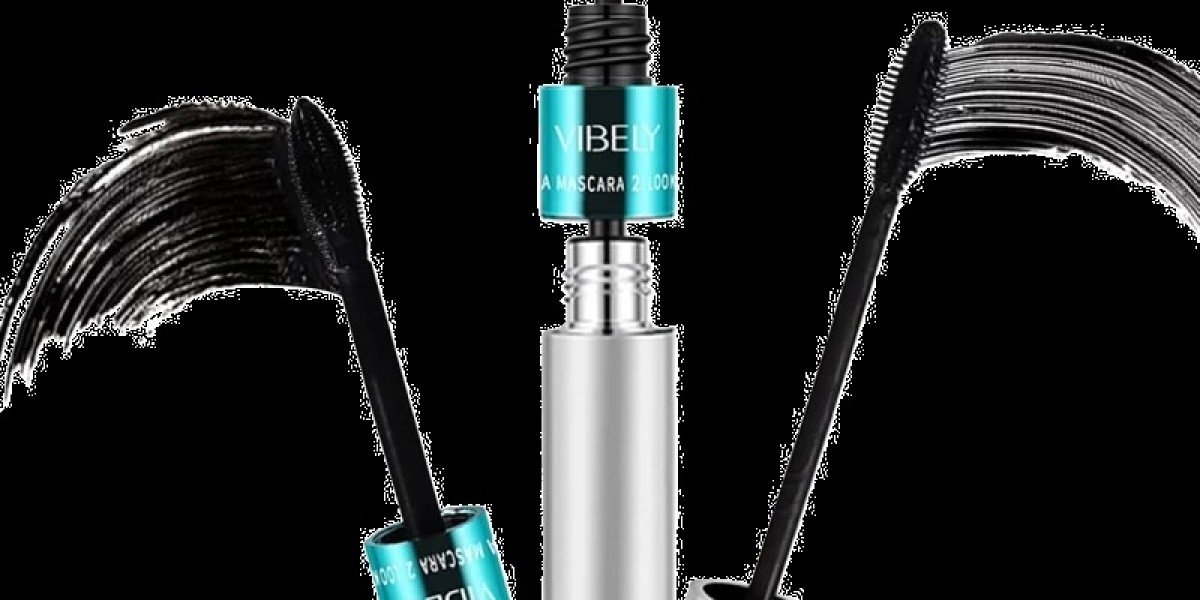The Role of Roses in Plant Diversity
1. Contribution to Garden Biodiversity
Roses come in a vast array of varieties, from wild species to hybrid cultivars. The diversity of rose species—whether they are native or introduced—adds to the richness of garden and landscape biodiversity. Wild roses, such as the Rosa rugosa and Rosa canina (dog rose), offer important ecological services, thriving in various habitats and adding diversity to ecosystems. These wild roses are particularly beneficial for supporting native plant communities because they often coexist with other indigenous plants, creating a balanced ecosystem.
By integrating roses into gardens, parks, and landscapes, gardeners and horticulturists help foster plant diversity. Roses attract a variety of other plants, helping to maintain a healthy balance of species. For example, some roses are used as groundcovers that reduce soil erosion while supporting the growth of other plants.
2. Promoting Pollinator Activity
Roses are also important contributors to the pollination process. Many species of roses produce rich, nectar-filled flowers that attract a variety of pollinators, including bees, butterflies, and moths. Pollinators are essential for maintaining biodiversity as they facilitate the reproduction of many plants, ensuring the survival and genetic diversity of plant species. By attracting these pollinators, roses indirectly support a broader array of plants that depend on pollination.
Wild roses are particularly valuable in this regard, as they have evolved to coexist with native pollinators. As more cultivated hybrid roses are introduced into landscapes, it is important to ensure that native pollinator species, such as solitary bees and native butterflies, are still attracted to these flowers. Sustainable rose gardening practices, such as selecting varieties that are beneficial to local ecosystems, can help promote pollinator-friendly environments.
Roses and Wildlife: A Supportive Habitat
1. Providing Shelter for Wildlife
Roses, particularly climbing varieties and wild rose species, offer important habitat for wildlife. Their dense foliage and thorny structures provide shelter for various small animals, including birds and insects. For instance, rose bushes can serve as nesting sites for birds, offering protection from predators and harsh weather conditions. Additionally, the thorns of roses act as a natural deterrent to herbivores, providing a safe haven for smaller creatures.
The dense growth of rose shrubs can also create shelter for ground-dwelling creatures such as small mammals and insects, promoting biodiversity. For example, the cover provided by rose bushes can be a haven for amphibians, such as frogs and toads, offering them a safe space to hide from larger predators.
2. A Food Source for Pollinators and Wildlife
In addition to providing shelter, roses also contribute to the food web. Rose flowers are a rich source of nectar for pollinators, while their hips (the fruit of the rose plant) serve as food for various wildlife species. Rose hips are a key food source for birds, particularly in the fall and winter months when other food sources are scarce. Birds such as finches, robins, and thrushes feed on the bright red rose hips, which are rich in nutrients like vitamin C and antioxidants.
Moreover, many mammals, including foxes, deer, and small rodents, feed on rose hips, which help them survive during colder months. These animals benefit from the nutritional value of the rose hips, which are high in vitamins and minerals.
3. Roses as Part of a Native Habitat
While ornamental roses are often seen as garden plants, wild roses are an essential part of many native habitats. Wild rose species provide food, shelter, and nesting sites for a wide variety of animals, including mammals, birds, and insects. The introduction of non-native hybrid roses should be done thoughtfully to ensure that they do not outcompete local flora and disrupt the natural habitat of native species.
For example, Rosa rugosa is a hardy species commonly found in coastal areas, and its dense growth provides an excellent habitat for coastal wildlife. It supports insects, offers cover for nesting birds, and its hips provide food for migrating birds during the winter months.
Sustainability in Rose Gardening
1. Eco-Friendly Gardening Practices
While roses can be beneficial to the environment, their cultivation must be done sustainably to ensure that they support rather than disrupt ecosystems. Traditional rose growing can sometimes involve the use of chemical fertilizers, pesticides, and herbicides that can harm the environment and wildlife. These chemicals can negatively affect pollinators, soil health, and water quality.
To minimize the environmental impact, gardeners are encouraged to adopt eco-friendly practices, such as organic gardening methods, companion planting, and using roses that are suited to the local climate and wildlife. By choosing native or less invasive rose species, gardeners can help reduce the risk of disrupting local ecosystems.
2. Roses in Restoring Habitats
Roses can also play a role in habitat restoration efforts. In some cases, wild rose species are used in ecological restoration projects to reclaim degraded landscapes, stabilize soil, and provide a natural habitat for wildlife. By planting rose varieties that are native to the area, these efforts can help promote plant diversity and create healthier ecosystems.
For example, Rosa canina, also known as the dog rose, is commonly used in restoration projects due to its ability to grow in a variety of conditions and provide food and shelter for wildlife. It can also help with erosion control on slopes and riverbanks, making it a valuable tool in landscape restoration.
Conclusion: The Environmental Value of Roses
Roses, whether wild or cultivated, are more than just symbols of beauty. They play a crucial role in supporting plant diversity, attracting pollinators, and providing habitat and food for wildlife. By integrating roses into gardens, parks, and natural landscapes, we can help foster a more diverse and balanced ecosystem. However, it is important to approach rose gardening with sustainability in mind, ensuring that the cultivation of roses does not negatively impact the environment.
Through eco-friendly gardening practices, the selection of native rose species, and the preservation of wild rose habitats, roses can continue to be an integral part of our natural world. Their beauty and fragrance are not only a source of human enjoyment but also a vital part of the ecological web that supports plant life and wildlife alike. Roses, in their many forms, are a testament to the interconnectedness of nature and the lasting value of biodiversity.
source:






